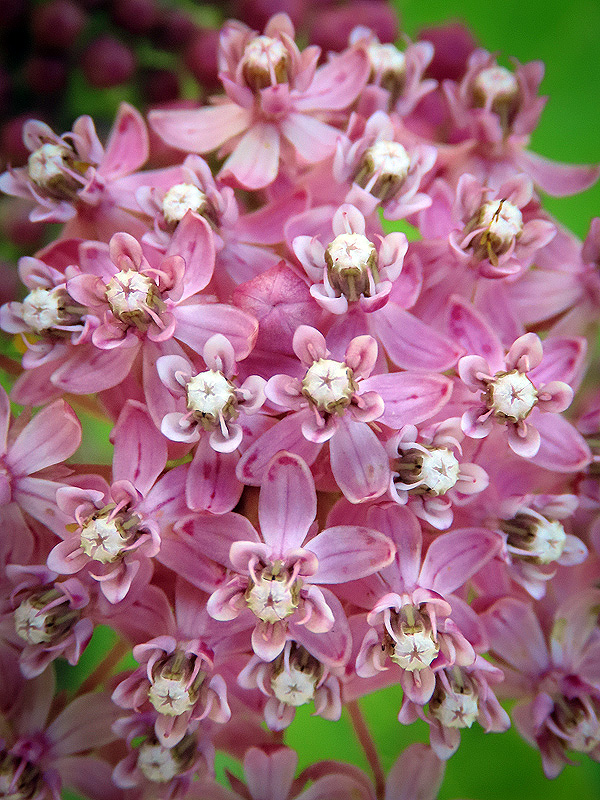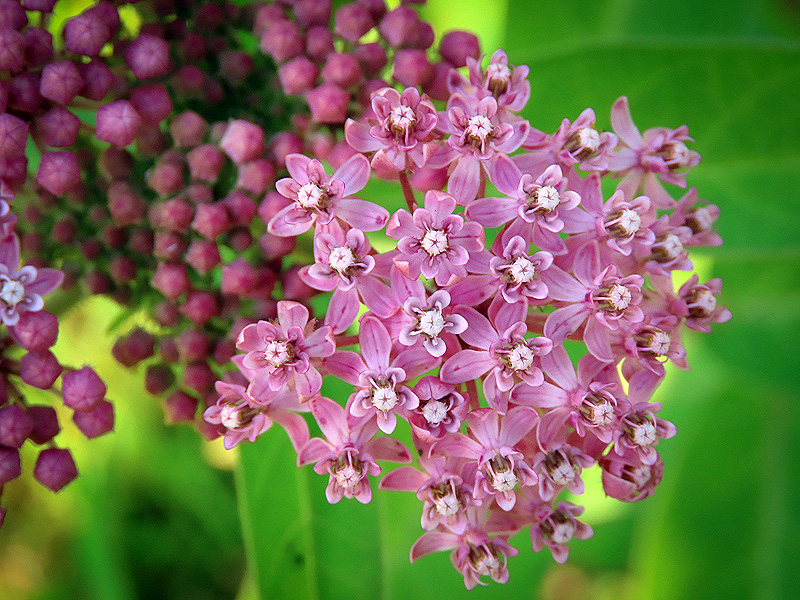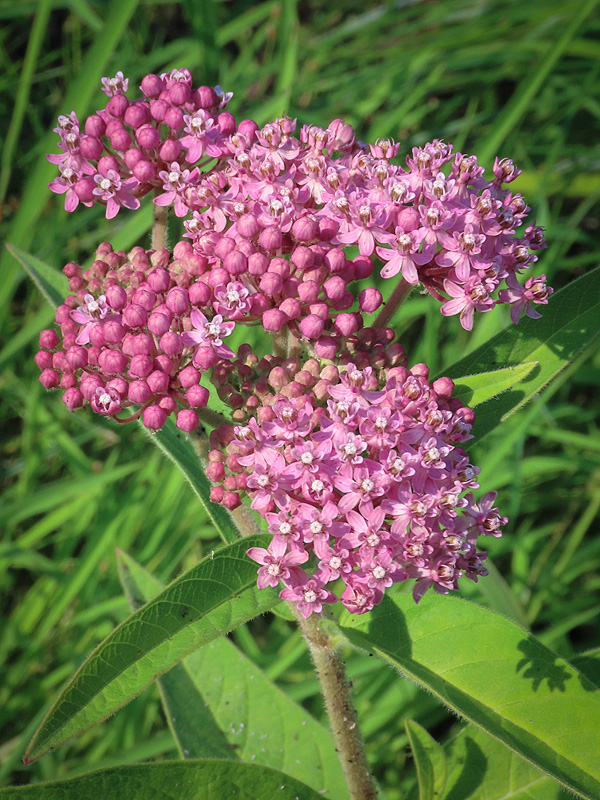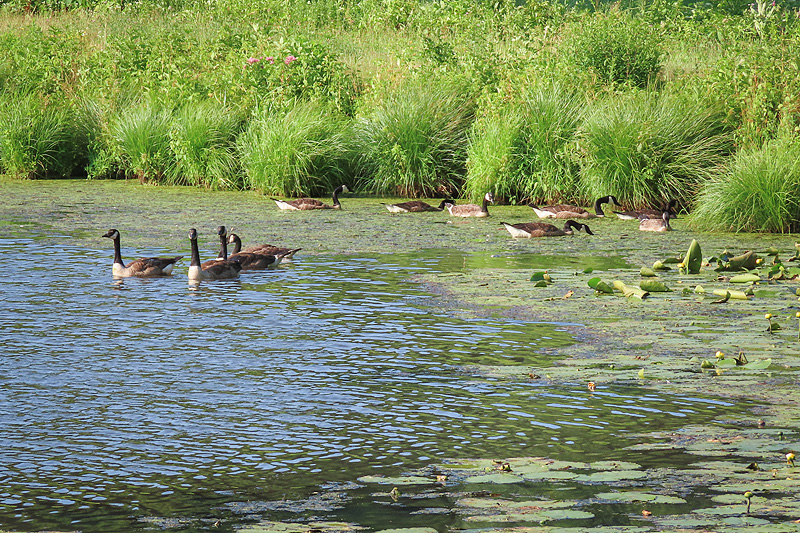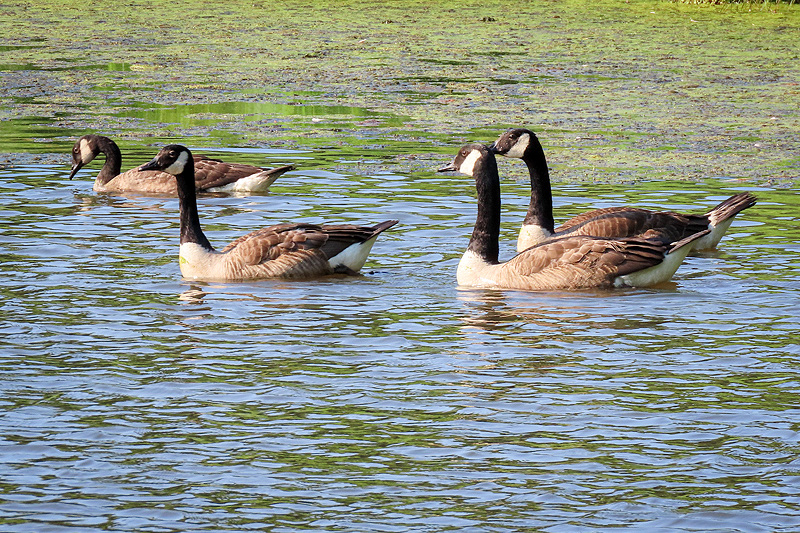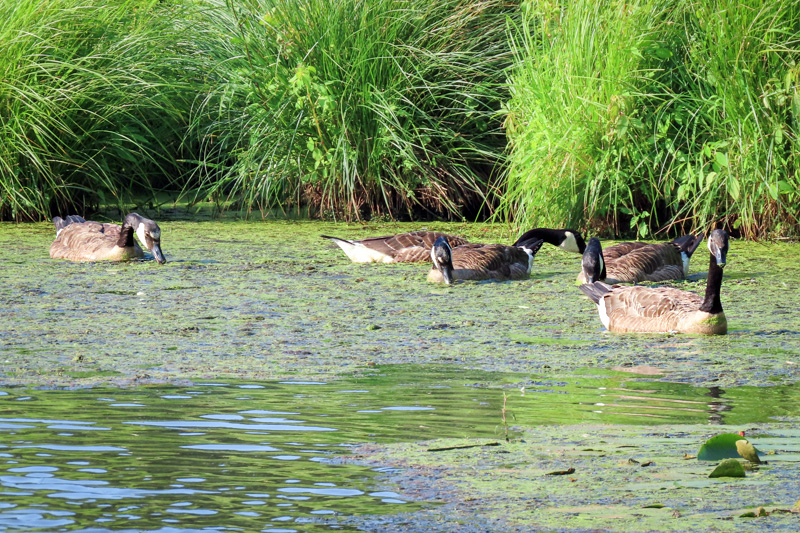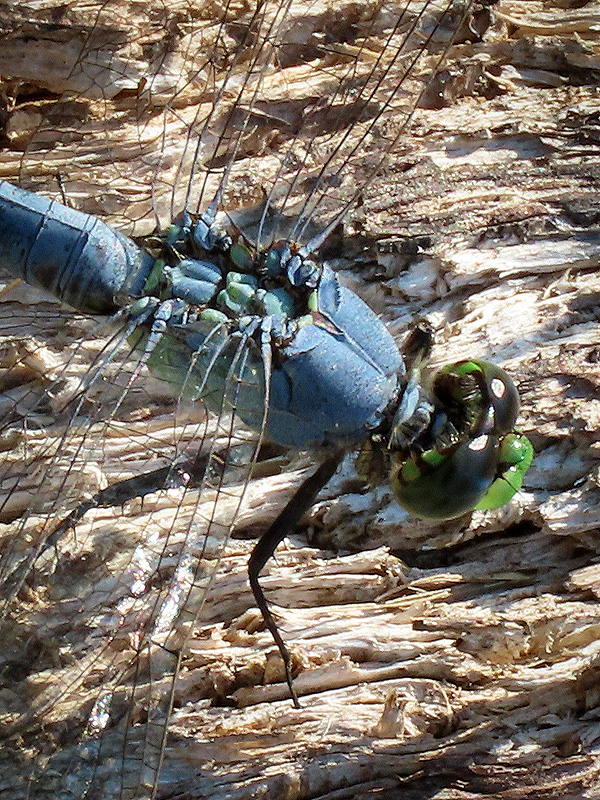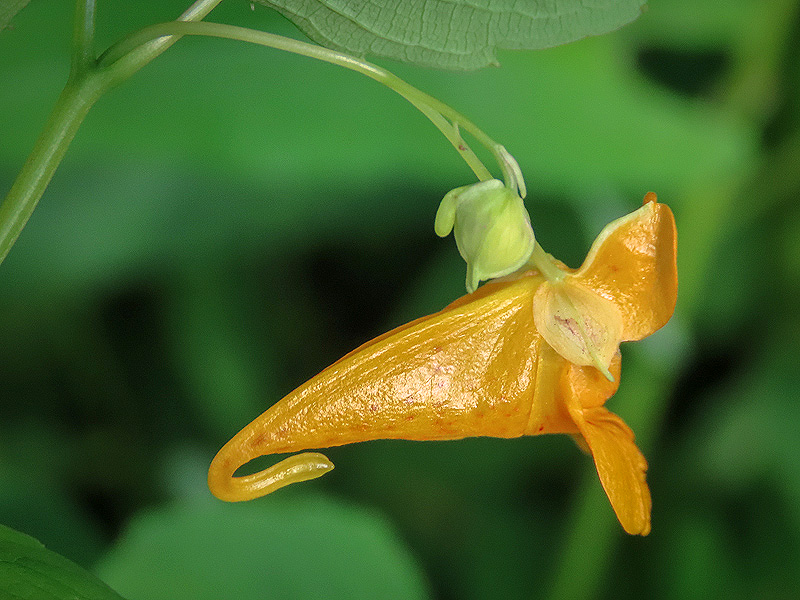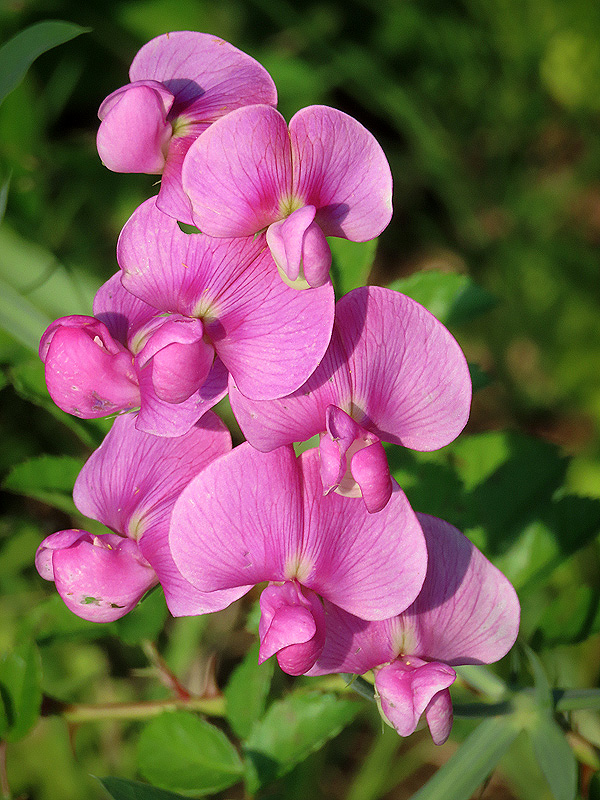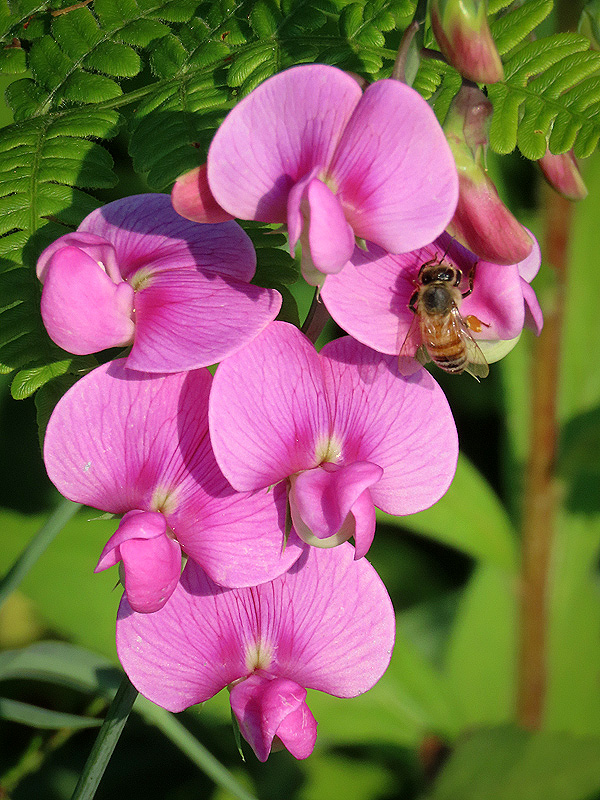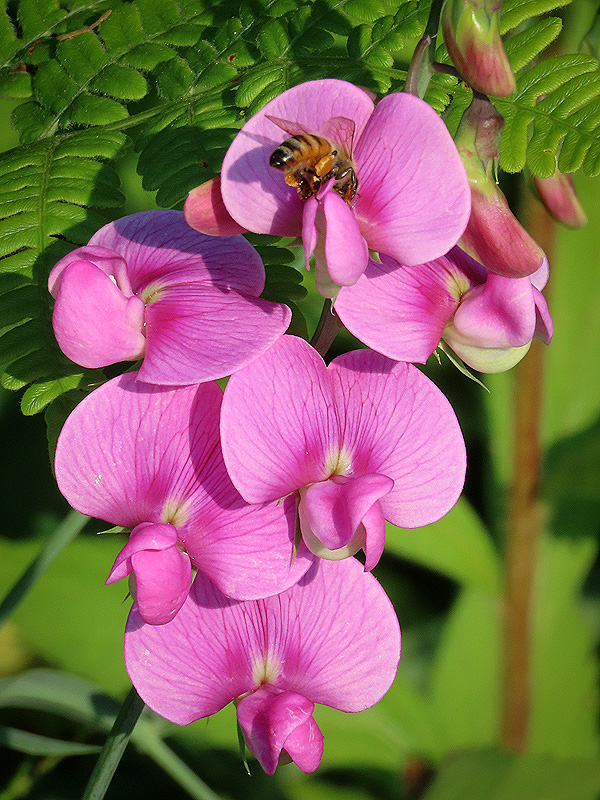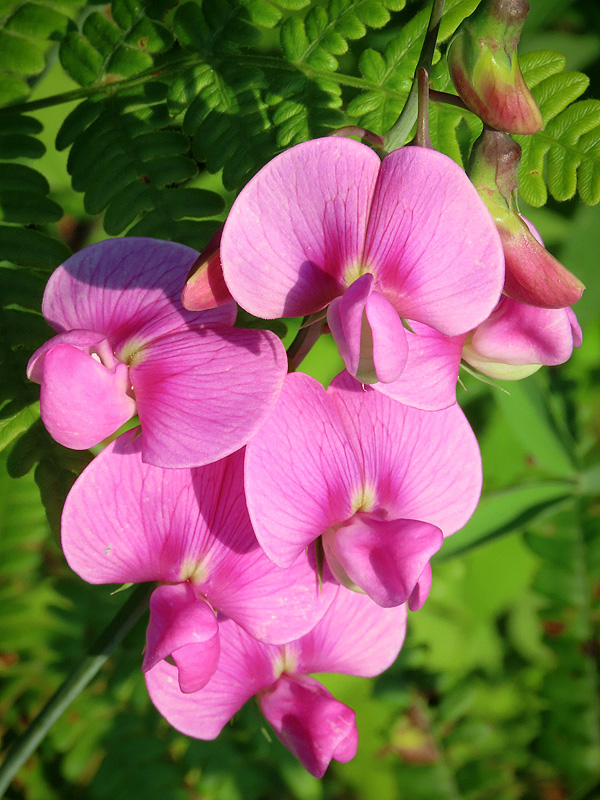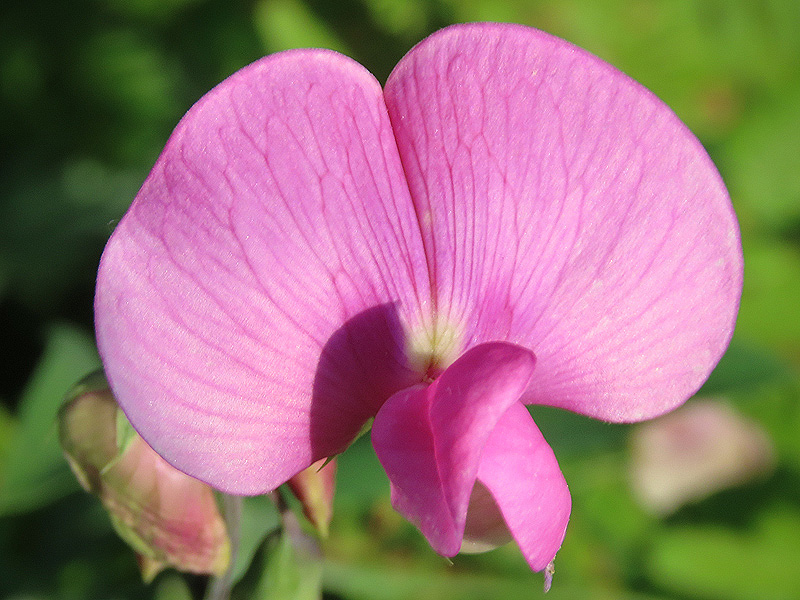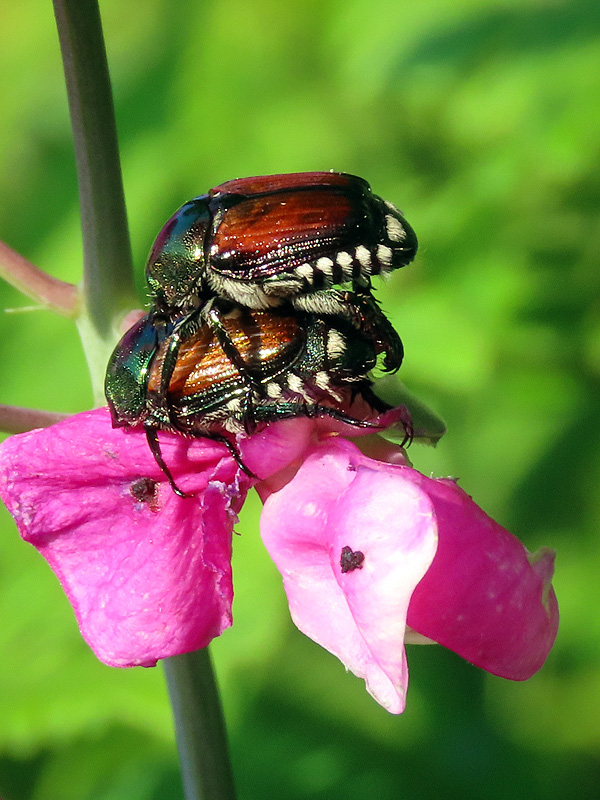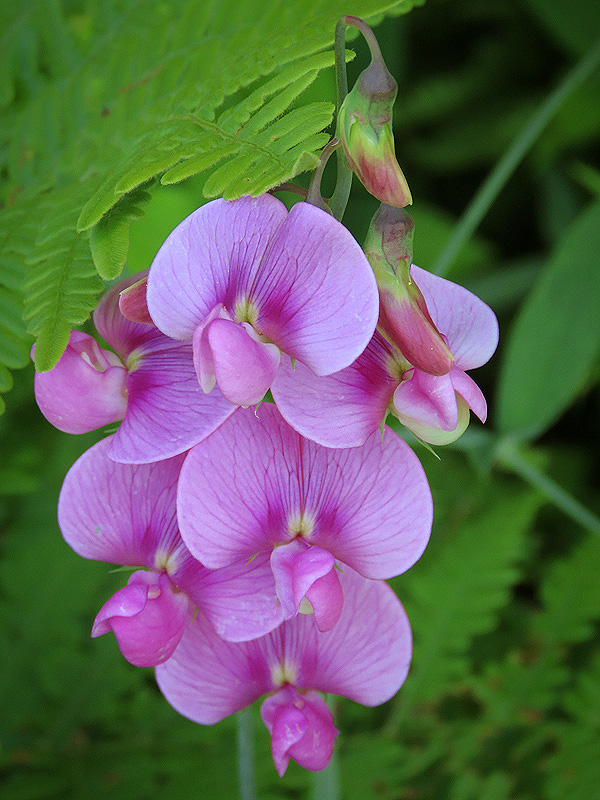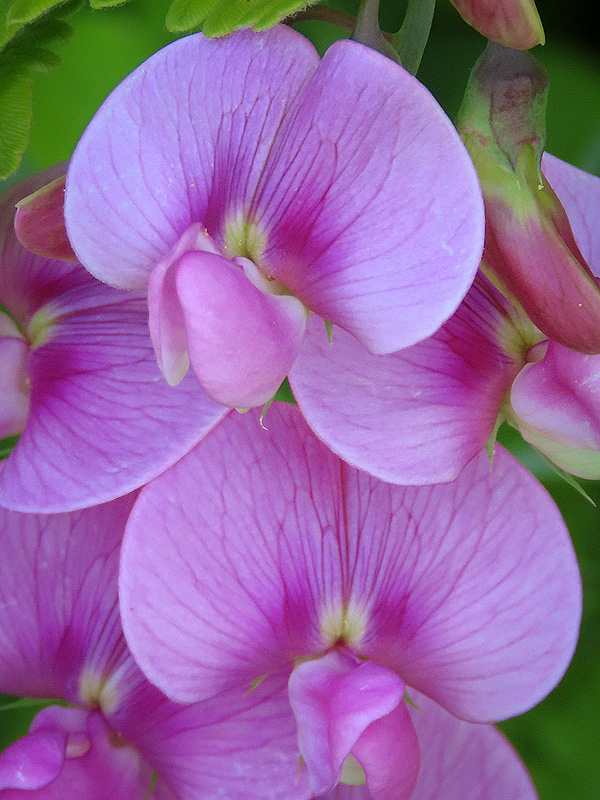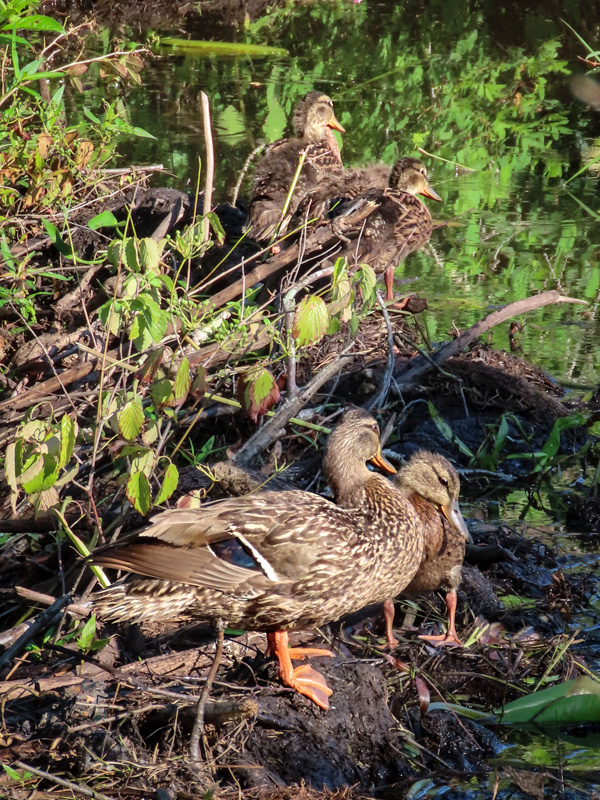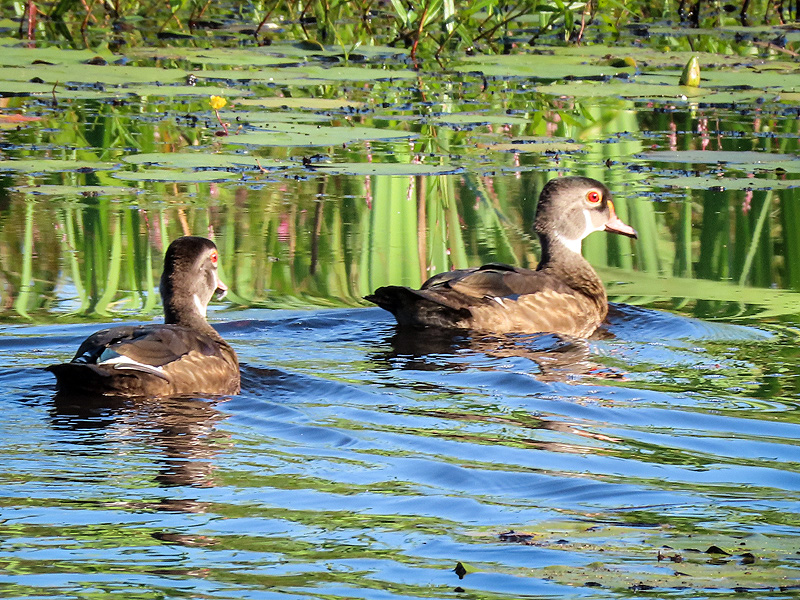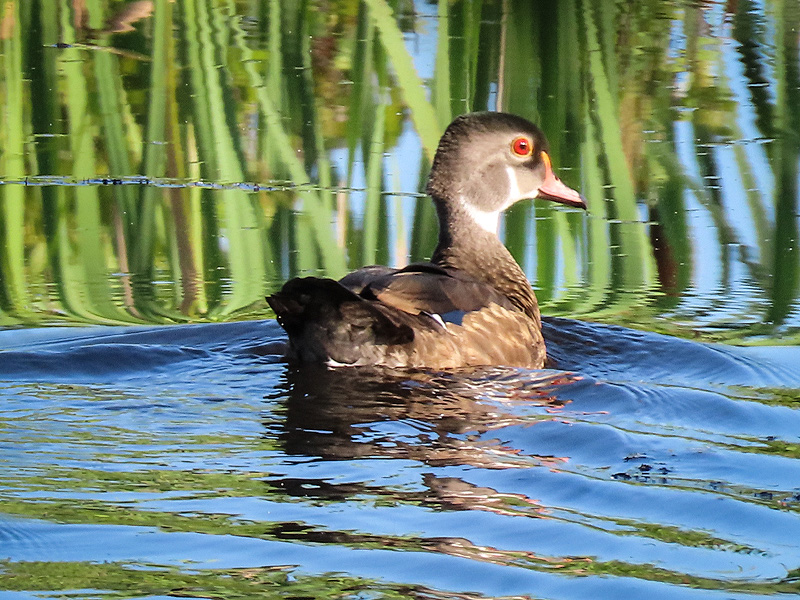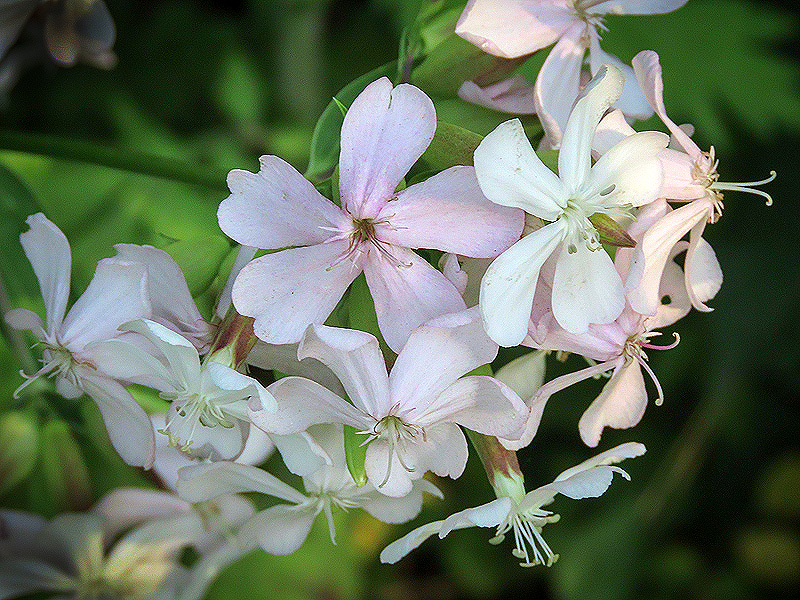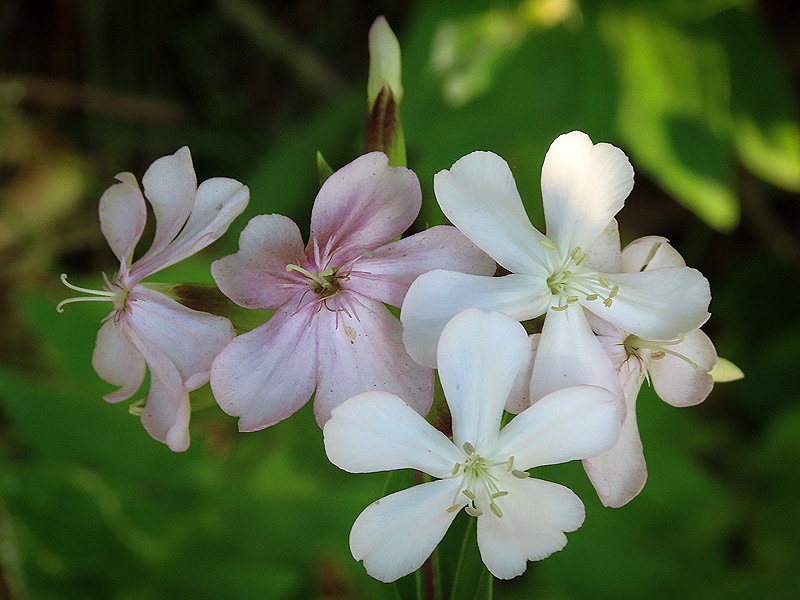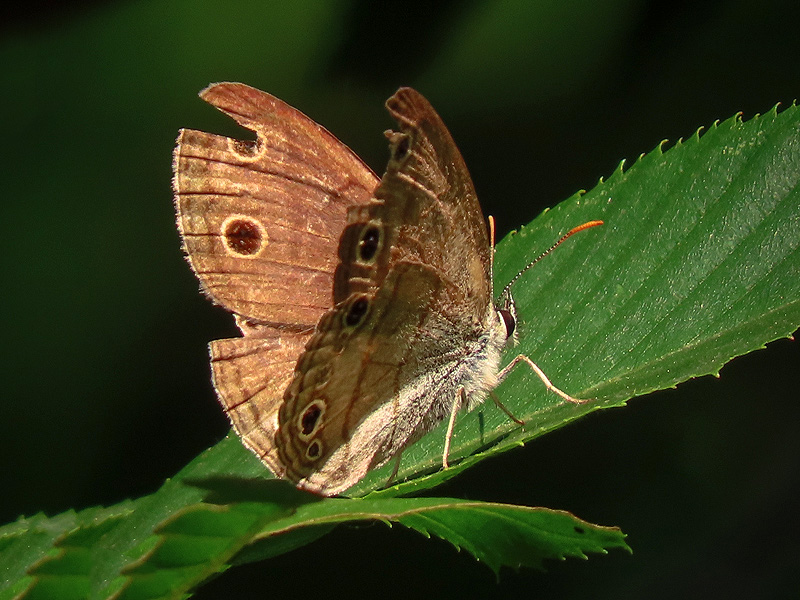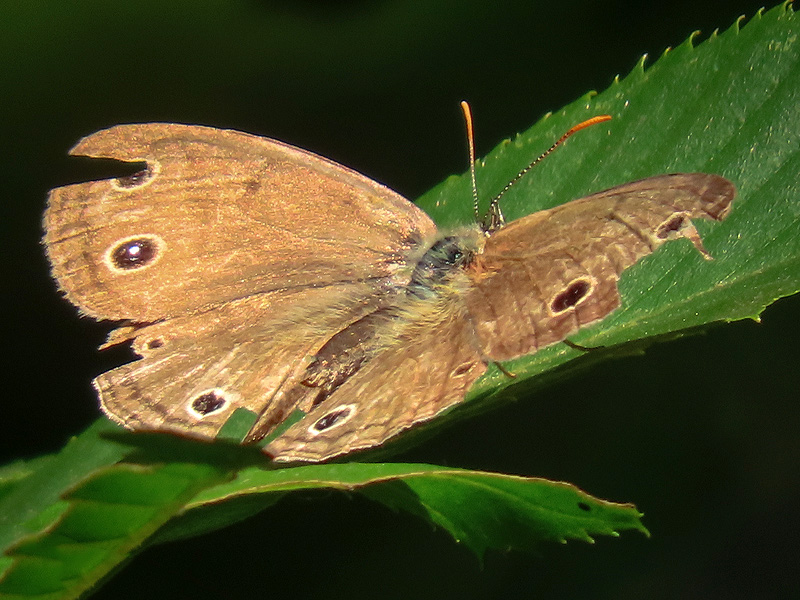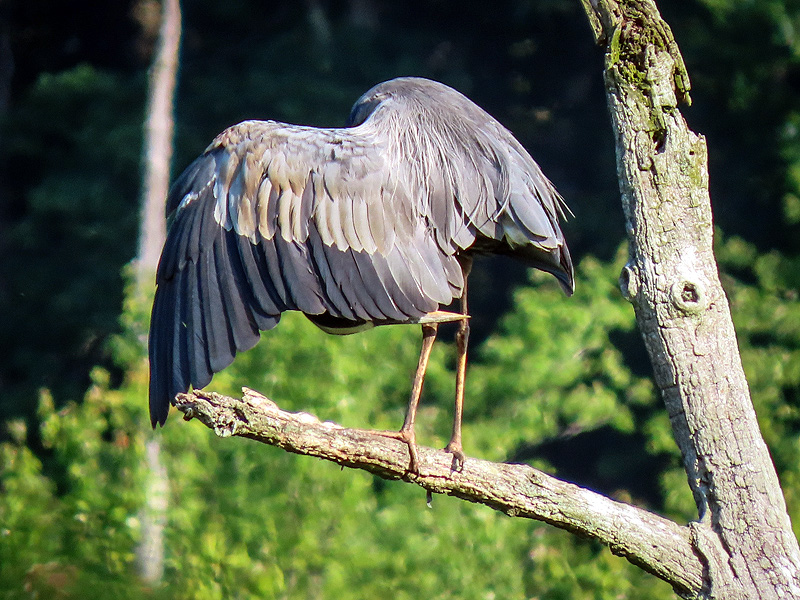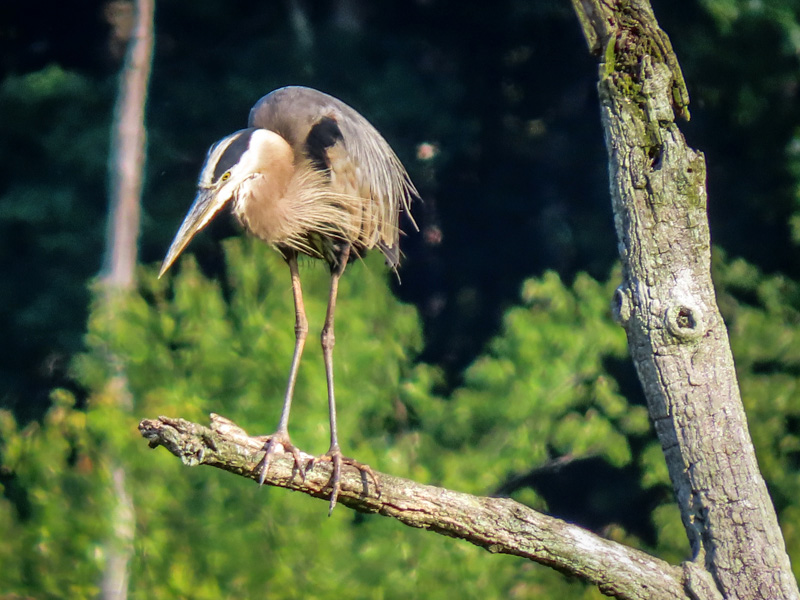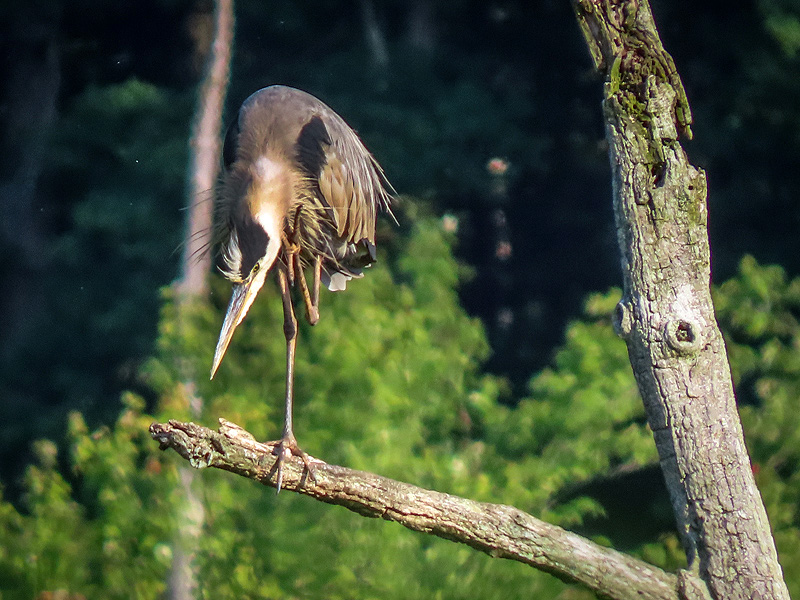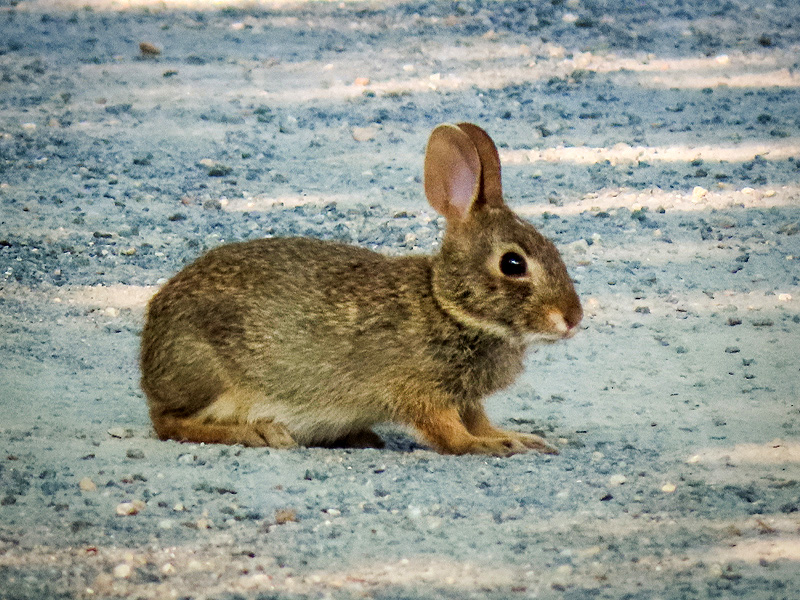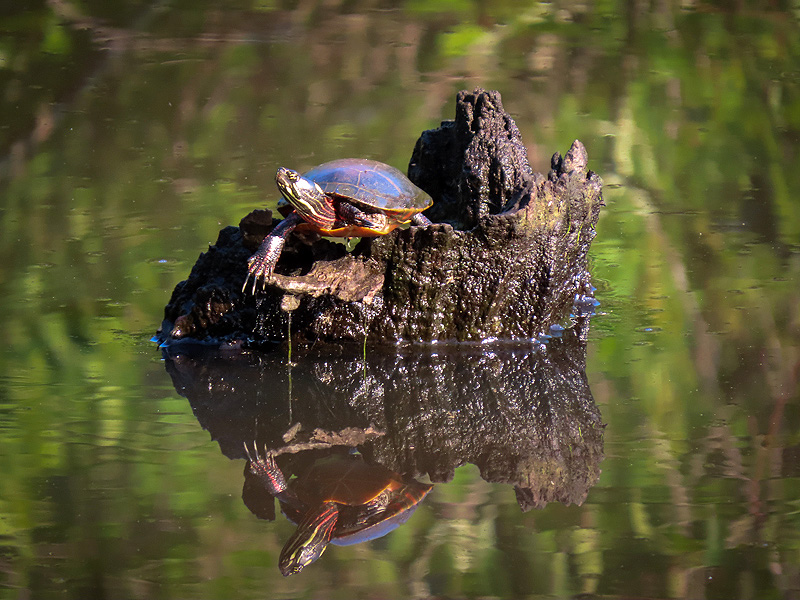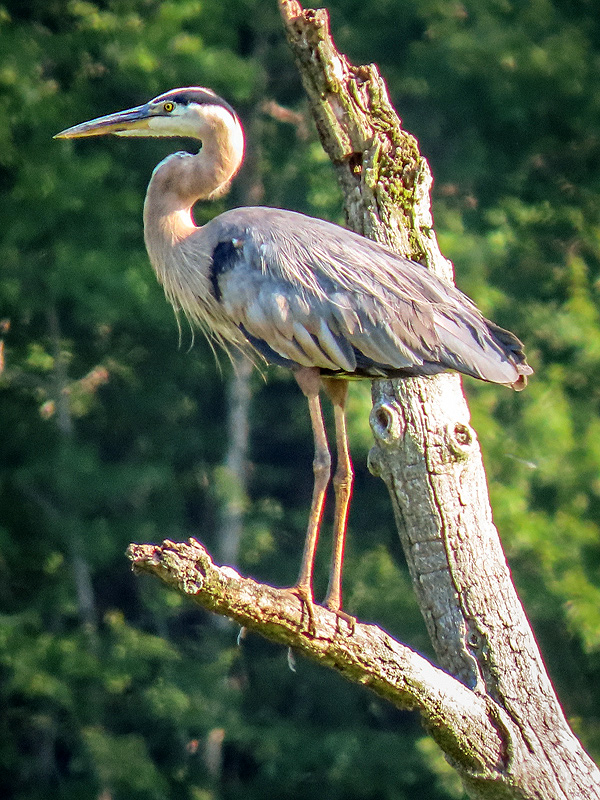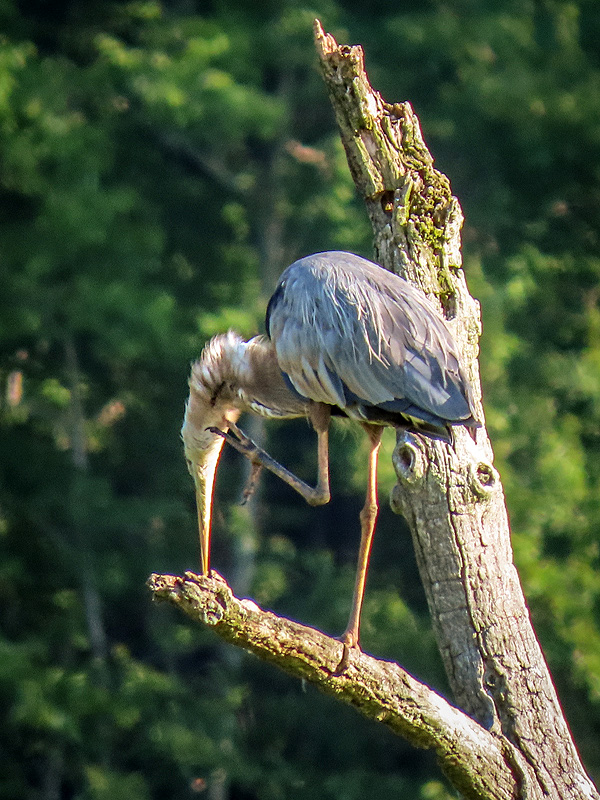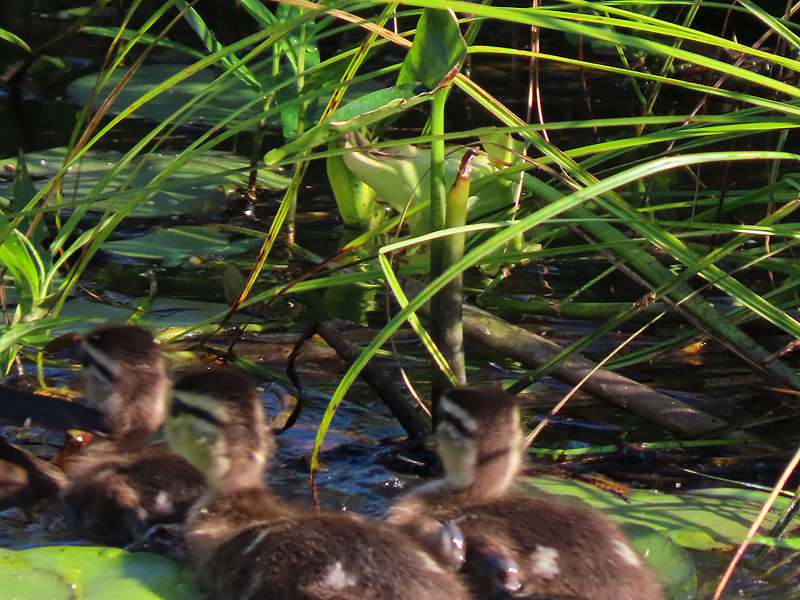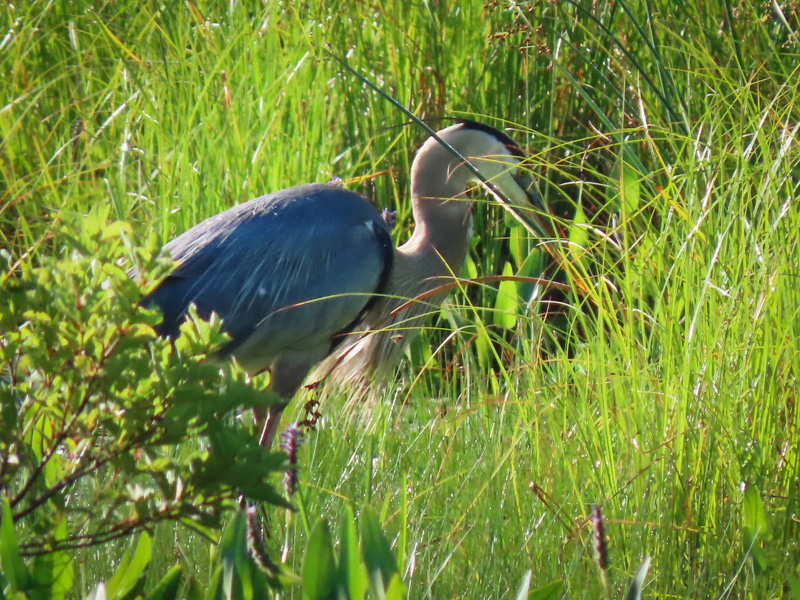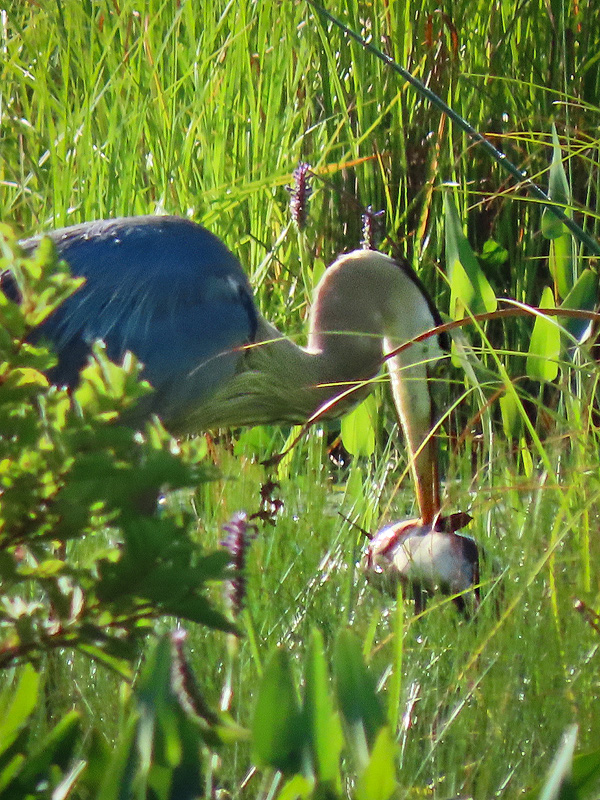Along the Air Line... 2022 - Summer, Part 4 The Air Line Trail in Eastern Connecticut - Stan Malcolm Photos |
HOME: Air Line... 2022 Pages Menu Stan's FlickR Albums |
July 12th. At Cranberry Bog in East Hampton. Swamp Milkweed (Asclepias incarnata). |
|
|
All the Canada Geese (Branta canadensis) look like adults now. |
|
|
Common Pondhawk dragonfly (Erythemis simplicicollis). |
Unlike holometabolous insects like beetles, wasps, butterflies, and flies, dragonflies have flight muscles directly attached to plates at the base of the wings in a complex arrangement shown here. The holometabolous insects have muscles that deflect the body wall and indirectly flex the wings. |
Spotted Touch-me-not or Jewelweed (Impatiens capensis) just starting to bloom. |
Sweet Pea (Lathyrus odoratus) is in prime condition. |
Honey Bee (Apis mellifera). |
|
|
|
Japanese Beetles (Popillia japonica) do a number on the blossoms. |
The same flowers photographed in shade. Vast color diofference. |
|
|
|
July 13th. At the marsh. Momma Mallard (Anas platyrhynchos) and four of her ducklings on the old beaver dam. |
Two (of three) young male Wood Ducks (Aix sponsa). |
|
|
July 14th. Bouncing Bet (Saponaria officinalis), now with many more flowers open. |
|
|
An elderly (based on wing tatters) Little Wood-satyr (Megisto cymela). |
Fun fact: Based on several switches associated with the Distal-less gene, that same gene is active in placement and development of caterpillar abdominal pro-legs, and in the placement and degree of development of eye-spots in butterfly wings. |
Great Blue Heron (Ardea herodias), grooming. |
Ah, see the beak and top of its head? |
|
More grooming. |
|
|
Bunny 1. Eastern Cottontail (Sylvilagus floridanus). |
|
|
Painted Turtle (Chrysemys picta). |
Back to the Heron about 20 minutes later. |
|
Yup, still grooming. |
July 15th. Three near-adult male Wood Ducks (Aix sponsa). |
|
Not far away, a mother Wood Duck led a number of ducklings into hiding as I walked nearby. (Glad to get even this poor photo shot on the fly.) |
Young Eastern Cottontail (Sylvilagus floridanus). |
|
Great Blue Heron (Ardea herodias) peering into the vegetation. |
Ah, it has stabbed a huge Brown Bullhead Catfish (Ameiurus nebulosus). From observing previous situations like this, I know the bird will pulverize the fish before attempting to swallow it. This can take quite awhile, with the bird alternating a series of stabs with attempts to swallow the fish. The fish must go down head first to slick back the barbules and fins. |
